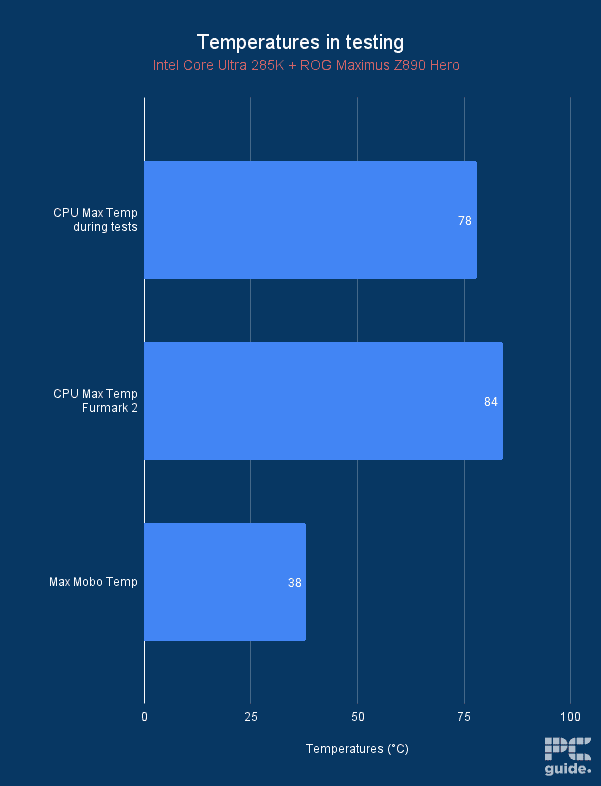Intel seems to want to lead the efficiency race with its new Core Ultra CPUs, but it comes at a cost

Table of Contents
The Intel Core Ultra CPUs are finally here, and much more has changed than just the naming scheme. Notably, there is a new LGA 1851 socket, a 3mm process size, and Intel’s first attempt at a chiplet design for desktop processors. We also lost a few things with the Arrow Lake processors, including support for good old DDR4 and Hyper-Threading. As such, the lineup now features the same number of cores and threads.
These are big architectural changes, and Intel’s goal behind such improvements revolves around just one aspect—efficiency.
Intel processors, especially their flagship models, are known for their high power consumption and ridiculous temperature. In fact, when we tested the i9-14900K, we saw that the processor started thermal throttling during our stress tests, despite using a mighty 420mm Corsair H170i LCD ELITE XT AIO cooler.
Things have changed with Core Ultra CPUs
Well, Intel has revamped its desktop architecture from floor to ceiling, all in hopes of gaining back some efficiency points, and this has finally worked. In our Core Ultra 9 285K review, we noticed big improvements in terms of overall power consumption, as well as lower temperature with no thermal throttles (even though we used a 360mm AIO cooler this time around).

As much as I am happy with Intel’s progress in efficiency, the rest of the picture is rather disappointing. First, we knew that the Intel Core Ultra series wouldn’t lead in gaming, especially against the Ryzen 7800X3D. However, we had high hopes for productivity, as Intel has always ruled in that area.
Although the numbers were impressive and the Core Ultra 9 285K topped many charts, there were several instances, particularly in single-core benchmarks, where it failed to outperform its own predecessor, the Core i9-14900K.
Don’t get me wrong—overall productivity and gaming performance are still good, and you shouldn’t face any hiccups with the processor. However, for the latest and greatest flagship CPU based on a new architecture, it should have beaten its predecessor across the board, even if by a small margin.
The Core Ultra CPUs hang in the middle for now
The upgrade to Core Ultra CPUs is a hard pill to swallow, regardless of what platform you’re currently on. You not only have to spend big bucks on a new processor but also need a fresh motherboard. Plus, if you’ve been relying on DDR4, there goes another hundred dollars on new RAM.
Of course, the efficiency improvement is definitely a reality, it is great to see Intel making progress in a department it has always lacked. Plus, I am very hopeful to see how Intel addresses gaming and single-core performance in the near future. If this works out, we could be looking at a very versatile line-up that can definitely be the go-to for most gamers.